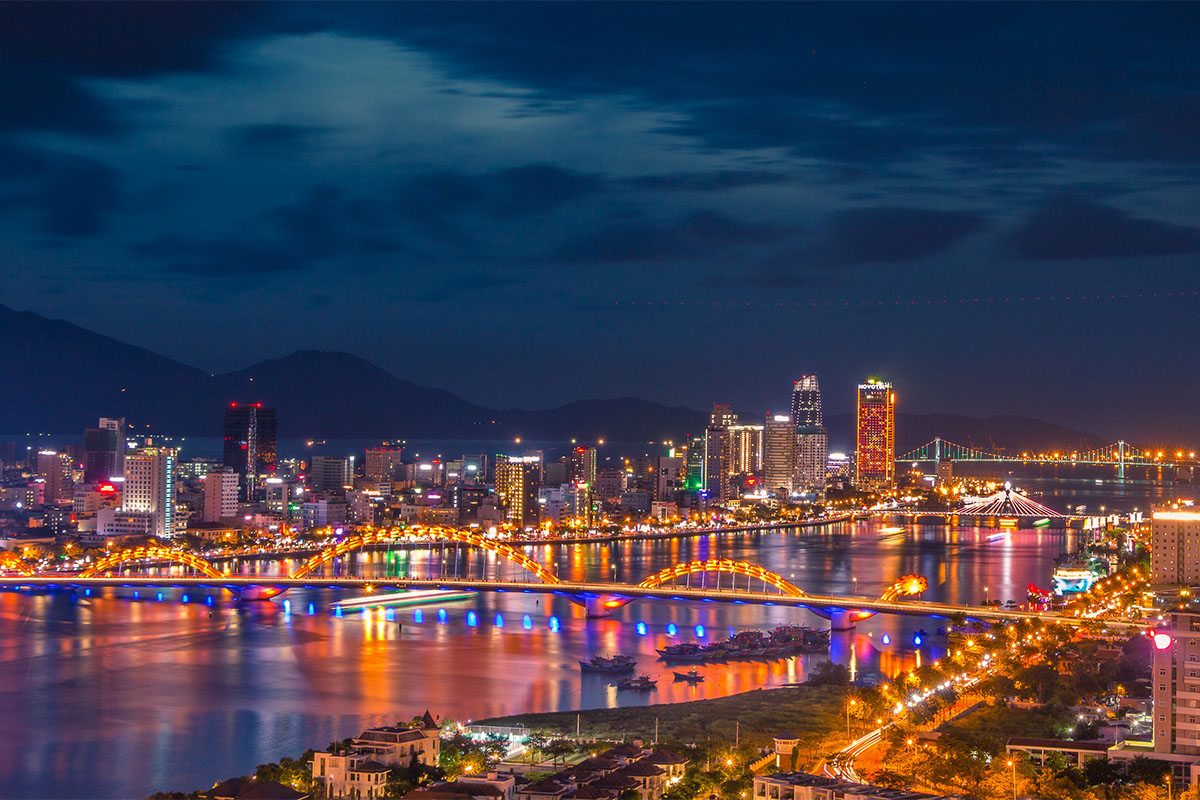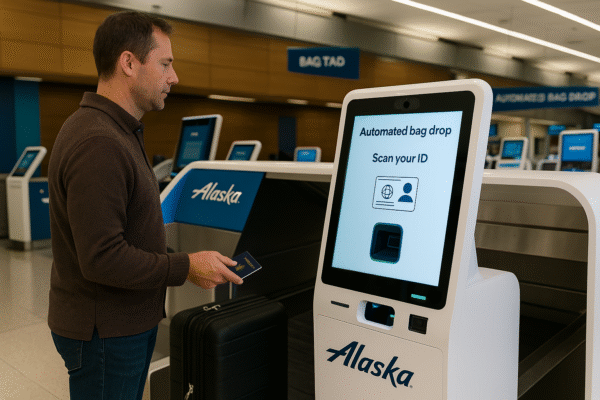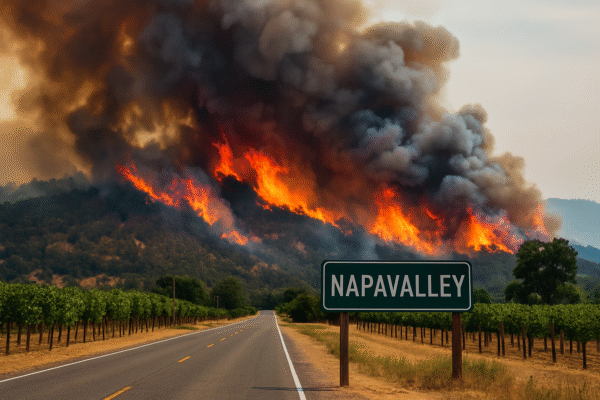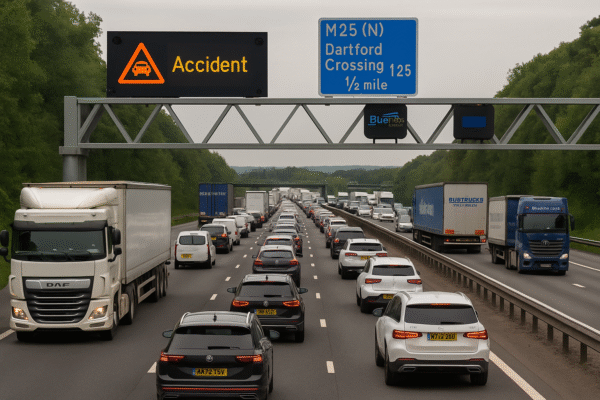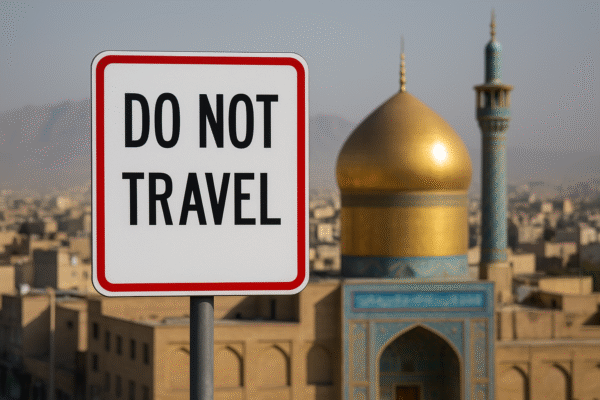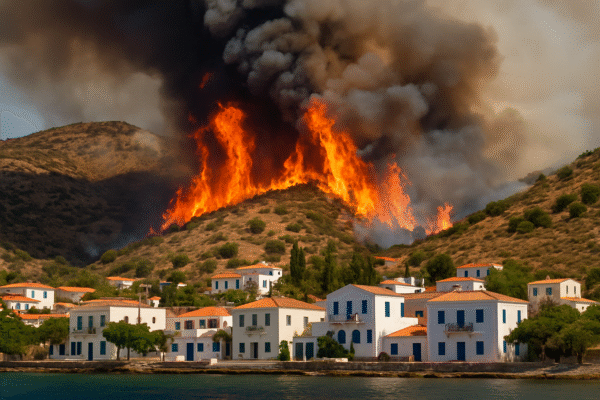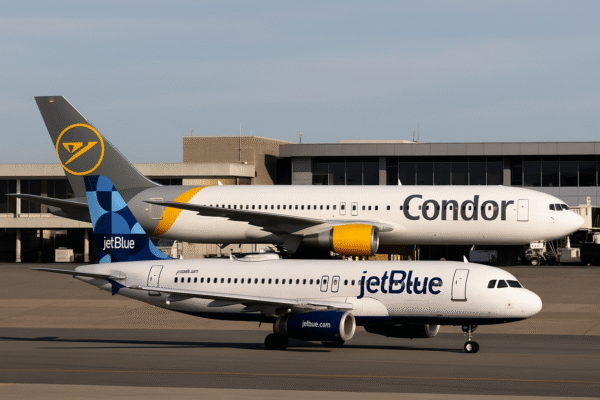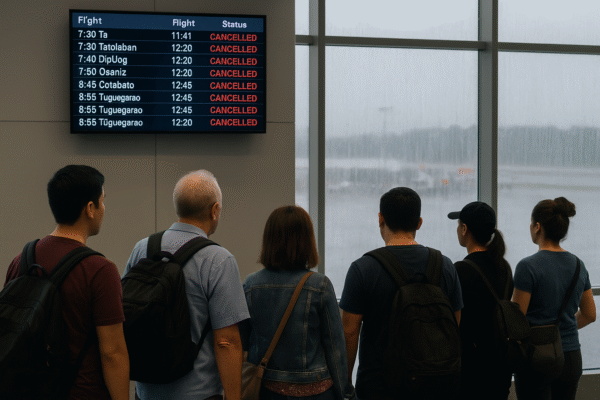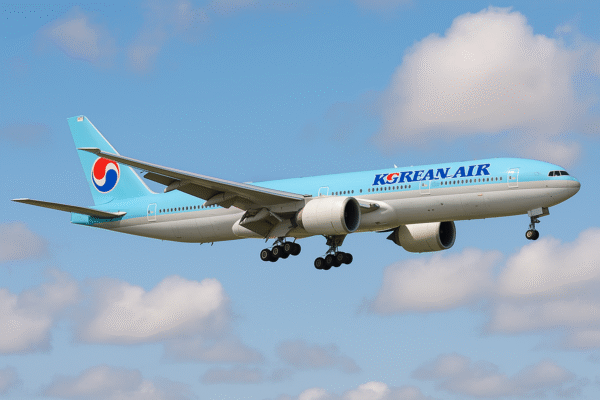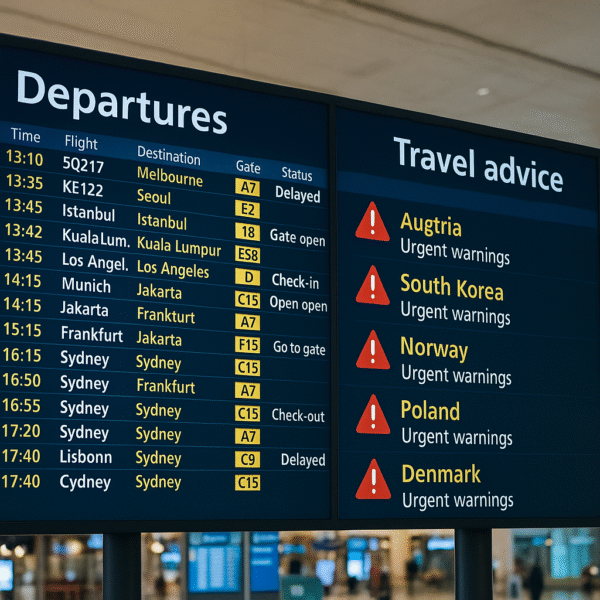Australia’s official travel advisory platform, Smartraveller, has recently broadened its list of destinations warranting added caution for Australians. While most affected countries still fall under the “Exercise normal safety precautions” category, authorities highlight concerns ranging from geopolitical tensions and terrorism to health hazards and natural disasters. Nations included in the updated advisory are Austria, South Korea, Norway, Poland, Denmark, Portugal, among others across Europe and Asia.
Austria: Alpine Beauty Meets Heightened Vigilance
Austria remains a magnet for culture lovers and nature enthusiasts. Yet, recent concerns involve an uptick in arrests related to suspected terrorist plots, particularly in urban centers like Vienna. Though no specific incidents are cited, authorities urge travellers to stay alert in high-traffic zones such as public transport, festivals, and tourist hotspots. In addition, the Alpine terrain poses seasonal risks such as avalanches or flash floods, especially during winter and early spring. Outdoor adventurers should monitor weather updates and adhere to local guidance at all times. Furthermore, a new European Entry/Exit System (EES) launching in October 2025 mandates biometric data collection—plan for longer border processing.
South Korea: Vibrant, Yet Not Without Health & Geo-Political Concerns
With rich heritage and modern pulse, South Korea continues to attract Australians—and through at least December 31, 2025, visitors from Australia remain exempt from requiring the K-ETA visa authorization in a bid to encourage tourism. However, ongoing regional tensions, particularly on the Korean Peninsula, necessitate staying informed, as civil emergency drills are standard practice there. Health concerns also persist, especially from vector-borne illnesses such as dengue in warmer months. Travellers are advised to register their arrival as required and carry insurance to cover medical contingencies.
Norway: Stunning Fjords Under a Watchful Eye
Norway remains soothingly scenic, with attractions ranging from Northern Lights to fjords. The national terror threat level has been reduced from “high” to “moderate,” but extremist threats—especially towards Jewish or Israeli-linked sites—still exist. Tourists are encouraged to maintain situational awareness in crowded areas like museums or transit hubs. The EES requirement applies here as well, affecting non-EU travellers from October 2025. Scandinavia’s capricious weather—snow, avalanches, and flooding—also demands readiness and caution when venturing outdoors.
Poland: Cultural Riches Amid Environmental & Geopolitical Sensitivities
Poland—home to historic cities like Warsaw and Kraków—continues to draw visitors. Yet its proximity to Ukraine and Belarus brings heightened vigilance needs. While direct risks from conflict are low within Poland, border regions may experience instability or disruptions. Urban gang crime and incidents in nightlife areas have increased, and visitors are encouraged to avoid protests and crowded gatherings. Mining sites or remote border zones especially near Kaliningrad are best approached with caution.
Denmark: Fairy-Tale Castles with Real-World Risks
Denmark’s charm and safety reputation now come with fresh warnings. The domestic terror alert level has been raised to “significant,” prompting travellers to steer clear of large events or protests that could turn volatile. Petty crime like pickpocketing is on the rise in urban centers like Copenhagen—secure your valuables. Winter introduces additional challenges with snow and icy conditions that might disrupt travel plans.
Portugal: Sun-Soaked Shores and Safety Savvy
Portugal’s allure—from Lisbon’s hills to Algarve’s beaches—continues to shine, though travellers should remain watchful. Petty theft is a frequent complaint in crowded spots, including beaches, shopping zones, and airports. Terrorism-related concerns have elevated the alert, especially in transit areas. Seasonal wildfires (summer) and flooding (winter) pose environmental risks, while nightlife scenes require vigilance against drink-spiking and other safety threats.
What This Means for Australian Travellers
- Stay Informed: Regularly check Smartraveller for updates and register your travel plans for faster contact in emergencies.
- Know Before You Go: Visa and entry requirements—including the upcoming EES for Europe—can affect your itinerary.
- Insurance Is Non-Negotiable: A comprehensive policy covering medical, evacuation, and trip disruptions is essential.
- Prioritize Safety: Avoid protests, crowded areas, unfamiliar neighborhoods at night, and heed local authority guidance.
- Protect Your Health: Follow best practices for disease prevention—vaccines, mosquito protection, and emergency contacts.
Final Thoughts
While these destinations remain safe for the majority of tourists, the evolving nature of global risks underscores the importance of preparedness. By blending travel enthusiasm with heightened awareness, travellers can continue exploring Europe’s cultural depths and Asia’s vibrant rhythms safely. Safe and smart travel is still the best travel.
For more travel news like this, keep reading Global Travel Wire

